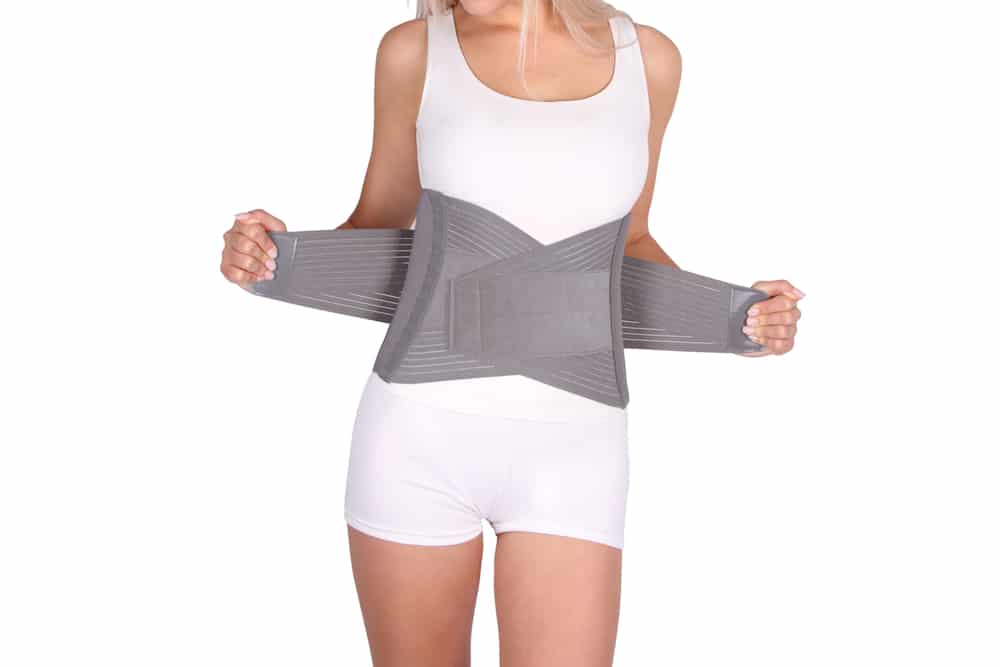Types of Best Practice Bracing for Musculoskeletal Pain

Knee Brace (weight-bearing)
A weight bearing knee brace serves as an important tool in managing the discomfort for those who experience knee arthritis and osteoarthritis. Knee braces help reduce pain by shifting the weight off of the problem area of the knee to other adjacent parts of the body. For this reason, knee braces help to greatly improve one’s ability to get around and walk farther more comfortably. In addition, these braces help increase the success of preventive medicine. For instance, the purpose of physical therapy for someone who suffers from arthritis is to open the joint space of the knee so the bones do not run against each other. Knee braces help maintain that open space achieved by physical therapy for longer relief. Furthermore, if someone is receiving gel injections in the knee, a knee brace helps maintain the gel material in the desired area by maintaining the open space between the joints and shifting weight away from the knee to prevent the gel from oozing out.
LSO (Back Brace)
Lumbar support braces are composed of soft materials such as cotton, rubber, and elastic bands. These braces apply a slight restriction in the lower back but still allow for movement. Lumbar supports help to adjust posture and shift weight off the spinal column and weakened and injured muscles and joints. Due to its elastic characteristics some bending and twisting is achievable. In addition, heat exerted from the body circulates within the support brace to help relax and soothe tense muscles.
TLSO/ Posture Vest (Back Brace)
TLSO stands for thoracic-lumbar-sacral orthosis. A TLSO is a semi-rigid brace which helps to support the back and prevent injury when sitting and walking.This upper body brace helps limit motion in the thoracic, lumbar and sacral regions of the spine. This includes the areas of the spine which are located between the shoulder, down to the buttocks. People who have had surgeries in any of these regions of the spine, typically have to wear a TLSO brace for a couple of weeks after the procedure. Even so, this TLSO brace can actually be used to help prevent surgery and help keep proper form when sitting and walking due to its semi-rigid structure. These braces help the torso maintain a healthy posture and shift weight from the spine to the abdomen. Because of this, pressure is taken off muscles, joints, discs, and nerve roots. Its greatest benefit is its ability to drastically reduce mico-motions of the spine which promote a faster healing process and limit irritation from the shock of jerking motions.
Cervical and Lumbar DDS
Cervical (neck) and lumbar (back) DDS braces utilize air pressure to decompress the spine. When the device is inflated, intervertebral disc space increases, which reduces pressure on the nerve root, in turn relieving pain symptoms. These devices are best used on patients who suffer from conditions such as whiplash, herniated disc, bulging disc, pinched nerve, sciatica, disc degeneration, arthritis, radiculopathy, spinal stenosis, spondylosis, and compression fractures.

